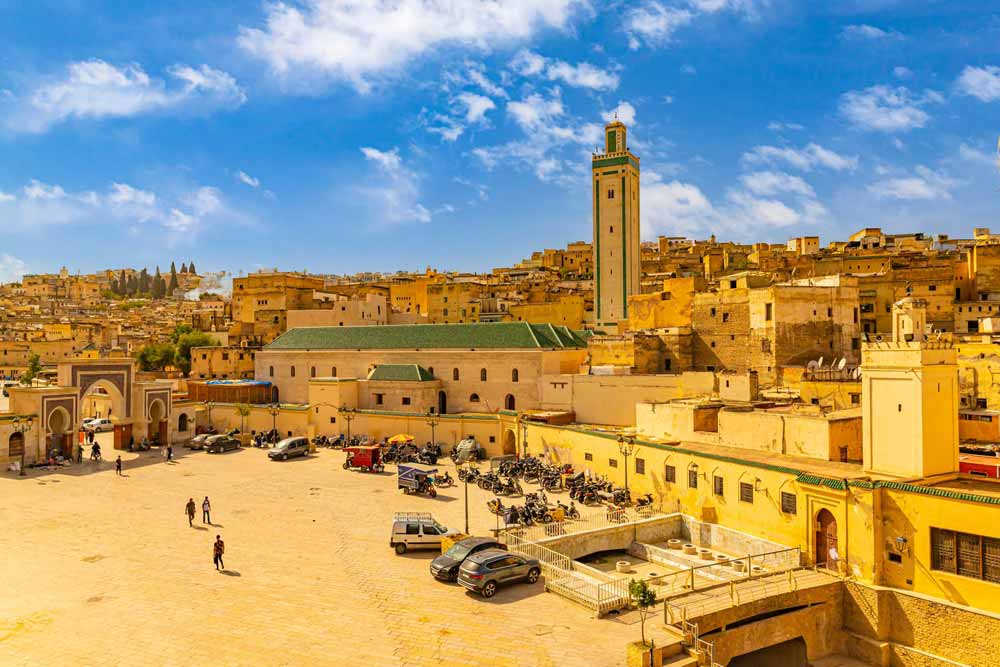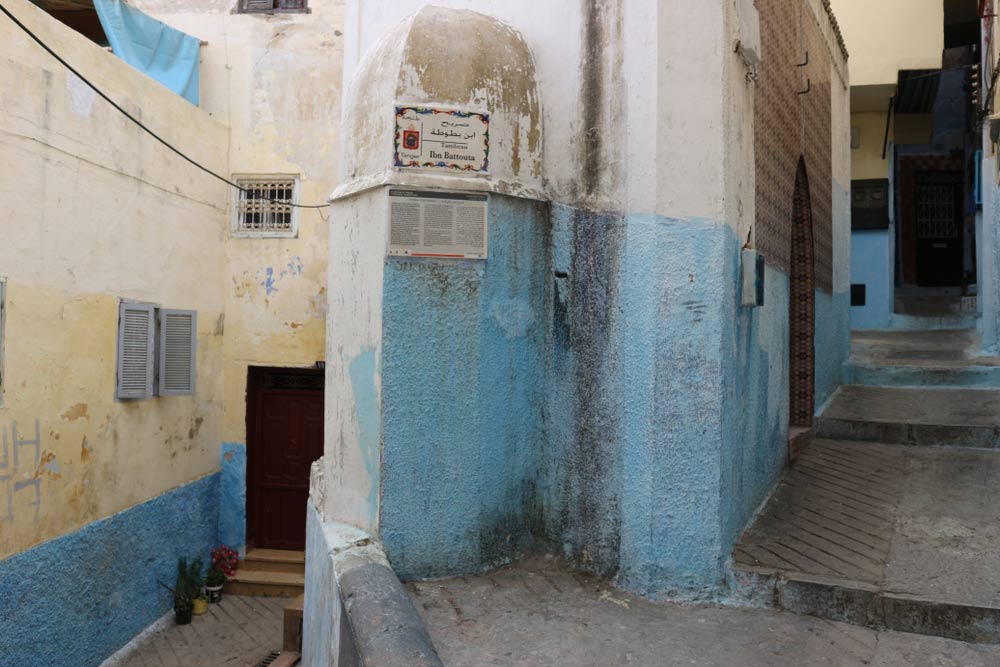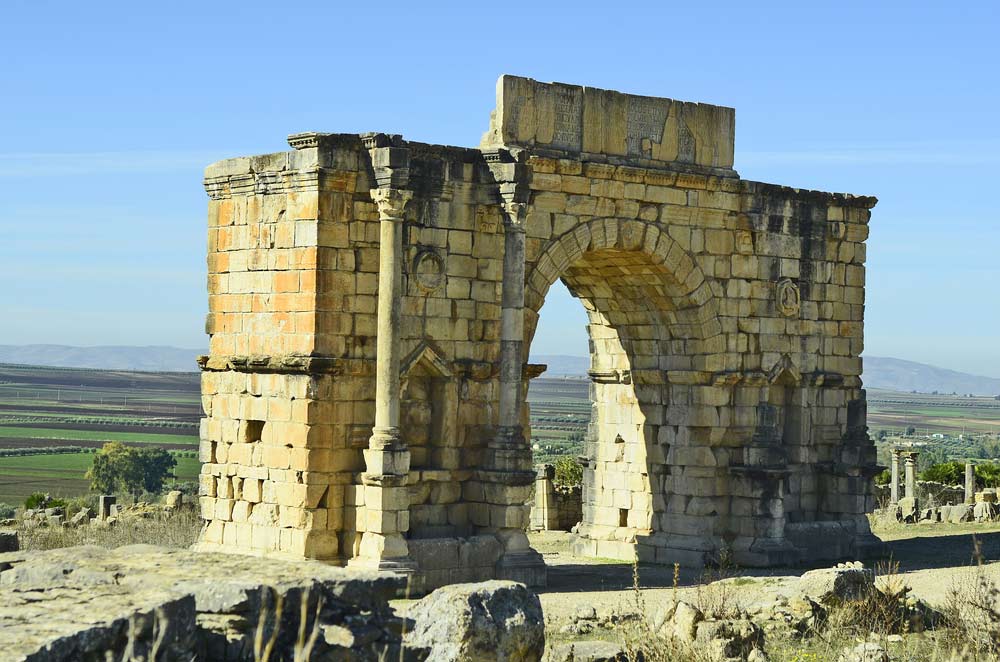Morocco is a country with a history as vibrant as its colorful markets. Located in North Africa, it has been a crossroads of cultures for centuries. From ancient civilizations to modern times, Morocco has seen many changes and influences. This mix of cultures has shaped its rich and unique history.
Learning about Morocco’s past helps us understand its present. Historical events, famous people, and heritage sites tell the story of the nation. They show us how Morocco has evolved. Knowing this history can make visiting Morocco even more exciting and meaningful.
Morocco’s story is like a tapestry, woven with threads of different cultures and eras. As we explore its historical events, important figures, and heritage sites, we’ll see how each piece fits into the larger picture. Let’s start by looking at some of the significant historical events that have shaped Morocco.
Significant Historical Events in Morocco

The Phoenicians were ancient traders and seafarers who arrived in Morocco around the 12th century BC. They were known for their skills in navigation and their establishment of trade routes across the Mediterranean Sea. Their arrival marked the beginning of long-lasting trade relationships between Morocco and other Mediterranean civilizations.
The Phoenicians established trading posts along the Moroccan coast, such as Lixus and Mogador. These posts became bustling hubs where goods like precious metals, textiles, and spices were exchanged. The influence of the Phoenician trade introduced new products and ideas to Morocco, significantly impacting the local culture. They brought their alphabet, which influenced the development of the written language in the region, and their art and craftsmanship can still be seen in Moroccan artifacts today.
The Almoravid Dynasty emerged from the deserts of Morocco in the 11th century. Founded by Abdullah ibn Yasin, this dynasty quickly expanded its control over large parts of North Africa and Spain. The Almoravids were known for their strict adherence to Islamic principles and their efforts to unify the region under a single religious and political authority.
The Almoravids played a crucial role in the spread of Islam across North Africa. They built numerous mosques and religious schools, many of which still stand today. Their most famous architectural contributions include the Koutoubia Mosque in Marrakech and the Great Mosque of Tlemcen. These structures are characterized by their intricate designs, large courtyards, and beautiful minarets. The Almoravid period also saw the development of the ribat, a fortified monastery that served both religious and military purposes.
In 1912, Morocco became a French protectorate, meaning it was under French control while still maintaining its monarchy. This period brought significant changes to Morocco, including modernization efforts and infrastructure development.
The French influence led to the construction of modern roads, railways, schools, and hospitals. French became widely spoken, and European cultural elements were integrated into Moroccan society. This era also fueled a strong desire for independence among Moroccans. Nationalist movements grew, leading to Morocco’s eventual independence in 1956. The French period left a lasting legacy on Morocco’s administrative systems, education, and urban development.
Important Figures in Moroccan History

Ibn Battuta was born in Tangier in 1304. He is one of the most famous travelers in history, known for his extensive journeys across Africa, Asia, and Europe. He traveled for nearly 30 years, covering around 75,000 miles, which was unprecedented at the time.
Ibn Battuta documented his travels in a book called “Rihla,” which means “Journey.” This book provides detailed accounts of the places he visited, the people he met, and the cultures he experienced. His writings offer valuable insights into the medieval world, including descriptions of cities, customs, and local governance. Today, his works are considered important historical and geographical sources, shedding light on the 14th-century world.
King Hassan II ruled Morocco from 1961 until he died in 1999. He was known for his efforts to modernize the country while maintaining its cultural heritage. His reign saw significant political, economic, and social changes.
King Hassan II implemented numerous policies aimed at improving Morocco’s infrastructure, education system, and healthcare. He built new roads, schools, and hospitals, and worked to attract foreign investment. He also played a key role in maintaining stability during a period of regional and global upheaval. His leadership helped shape modern Morocco, balancing modernization with the preservation of traditional values.
Fatima al-Fihri was a remarkable woman who lived in the 9th century. She is best known for founding the University of Al Quaraouiyine in Fez, which is recognized by UNESCO and the Guinness World Records as the oldest continuously operating, degree-granting university in the world.
Fatima al-Fihri used her inheritance to build a mosque and an educational institution that would become a center of learning for scholars from around the world. The University of Al Quaraouiyine played a crucial role in the intellectual and cultural development of the Islamic world. It attracted scholars of various disciplines, including theology, law, astronomy, and medicine. Fatima al-Fihri’s contributions to education have had a lasting impact, and her legacy continues to inspire women and educators globally.
Heritage Sites of Morocco

The Medina of Fez is one of the oldest and most well-preserved medieval cities in the world. It was founded in the 9th century and has been a UNESCO World Heritage site since 1981. The Medina is a maze of narrow streets, traditional markets, and historic buildings.
The Medina of Fez is home to many important historical sites, including the University of Al Quaraouiyine and the Al-Attarine Madrasa. Its unique architecture features intricate tile work, carved wood, and beautifully designed courtyards. The Medina is a living museum, offering a glimpse into Morocco’s past and preserving its cultural heritage.
Ait Benhaddou is a fortified village located on the edge of the Sahara Desert. It is famous for its traditional earthen buildings, which have been used as a backdrop for many films and television shows.
Ait Benhaddou is an excellent example of Moroccan earthen architecture. The village consists of several kasbahs, or fortified homes, made from mud bricks. These buildings are designed to withstand the harsh desert climate. Ait Benhaddou has been a UNESCO World Heritage site since 1987, and efforts have been made to preserve its unique architectural and cultural heritage.
The Kasbah of the Udayas is a historic fortress located in Rabat, Morocco’s capital. It was built in the 12th century and overlooks the Atlantic Ocean.
The Kasbah of the Udayas is known for its beautiful gardens, narrow streets, and stunning ocean views. It features Andalusian-style architecture, with white-washed walls and blue accents. The kasbah has played a significant role in Morocco’s military history and serves as a symbol of the country’s rich architectural heritage.
Connecting Historical Events, Figures, and Sites
Morocco’s historical events have shaped its important figures and heritage sites. For example, the rise of the Almoravid Dynasty not only spread Islam but also led to the construction of many mosques and religious schools. These events influenced people like Ibn Battuta, who traveled to learn and share knowledge, and Fatima al-Fihri, who founded a university.
Morocco’s history is interconnected, with each event, figure, and site contributing to a larger narrative. The trade routes established by the Phoenicians set the stage for cultural exchanges that influenced Moroccan art and language. The French Protectorate introduced modern infrastructure while fueling a desire for independence, which was championed by figures like King Hassan II.
Conclusion
Morocco’s history is full of interesting events, amazing people, and beautiful places. Each part of its past helps us understand more about this fascinating country.
Learning about Morocco’s history makes visiting even more special. Exploring its historical sites and learning about its famous figures brings the country’s rich past to life. So, dive into the story of Morocco and discover its wonderful heritage.
